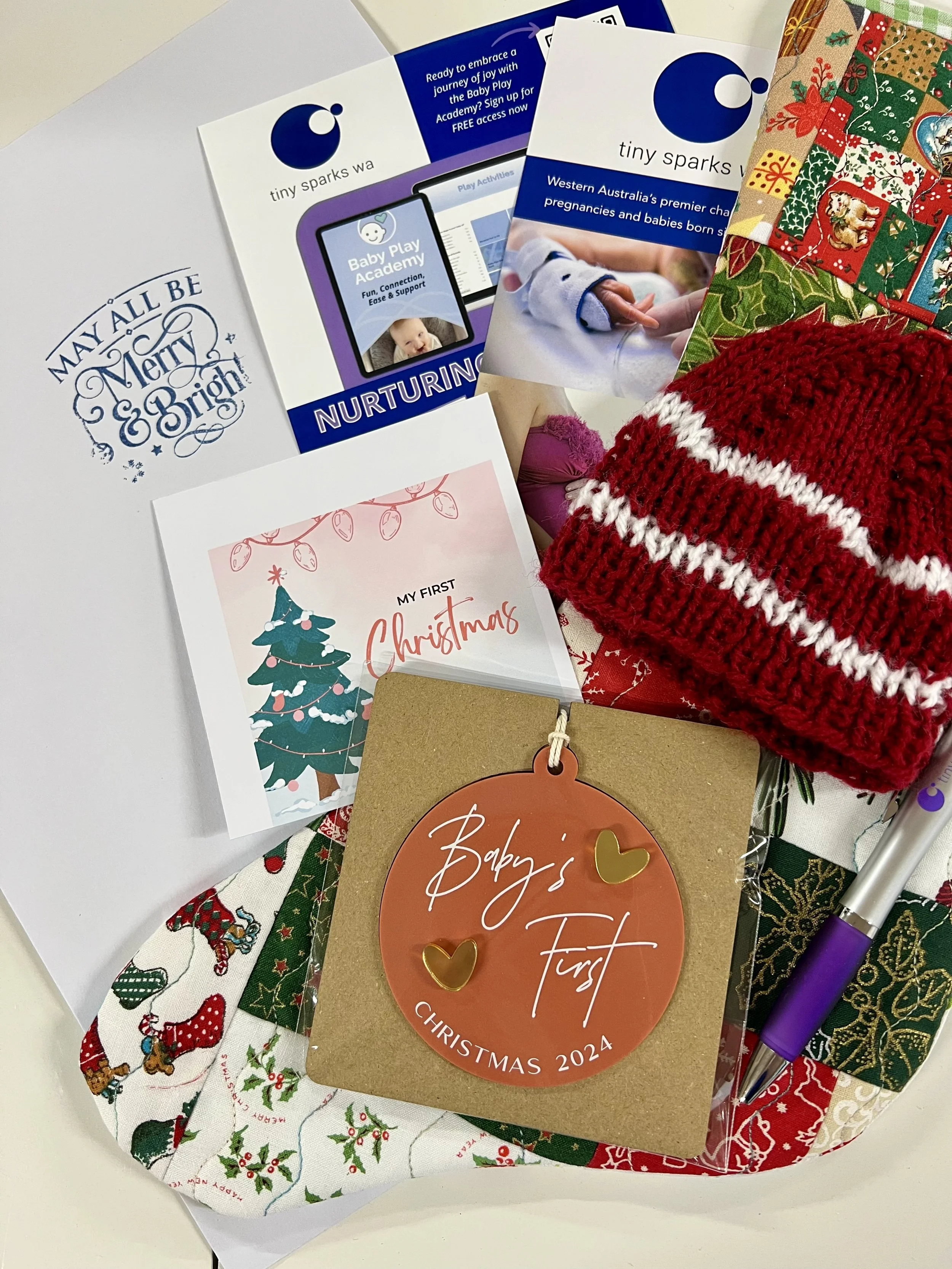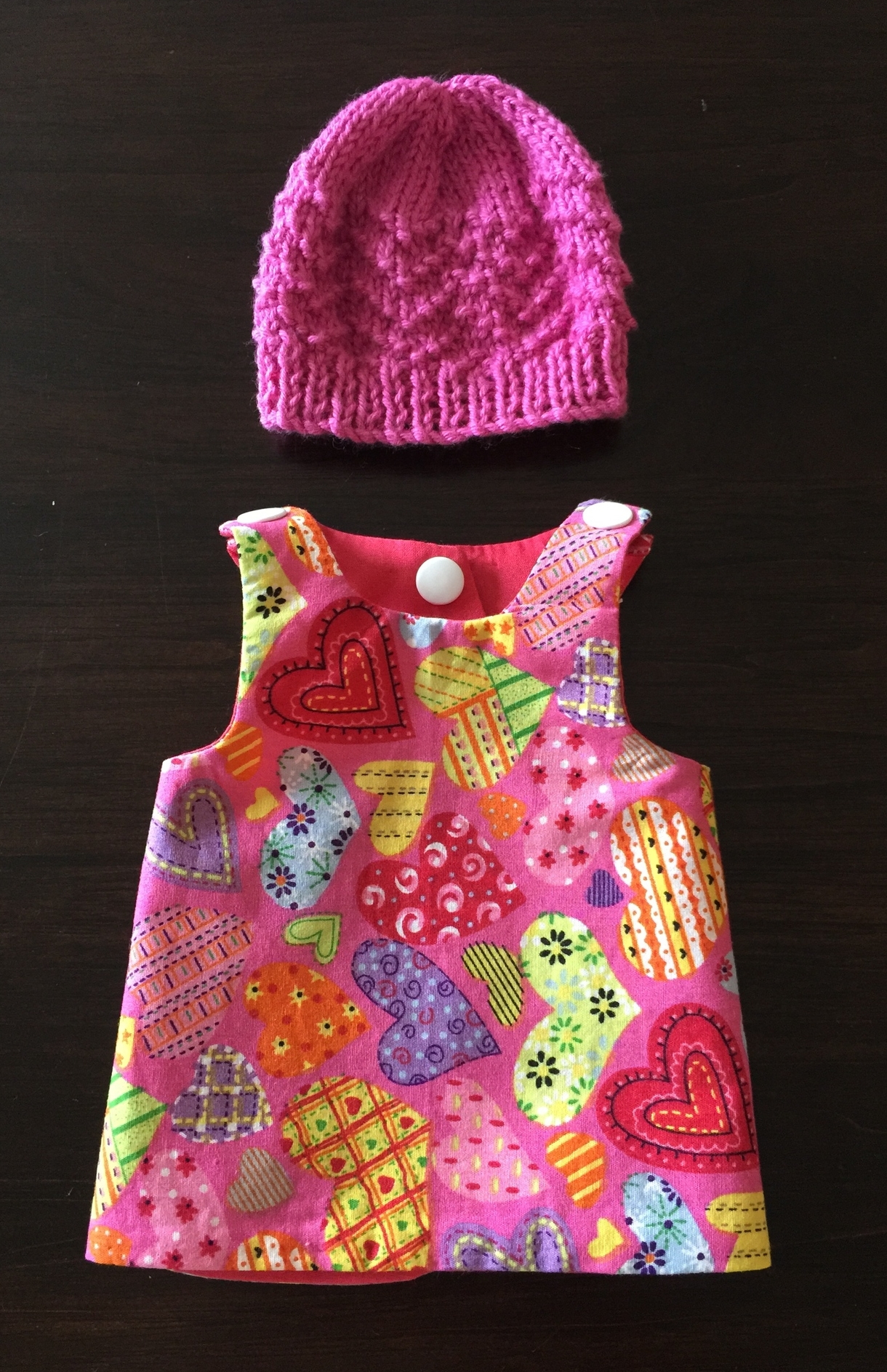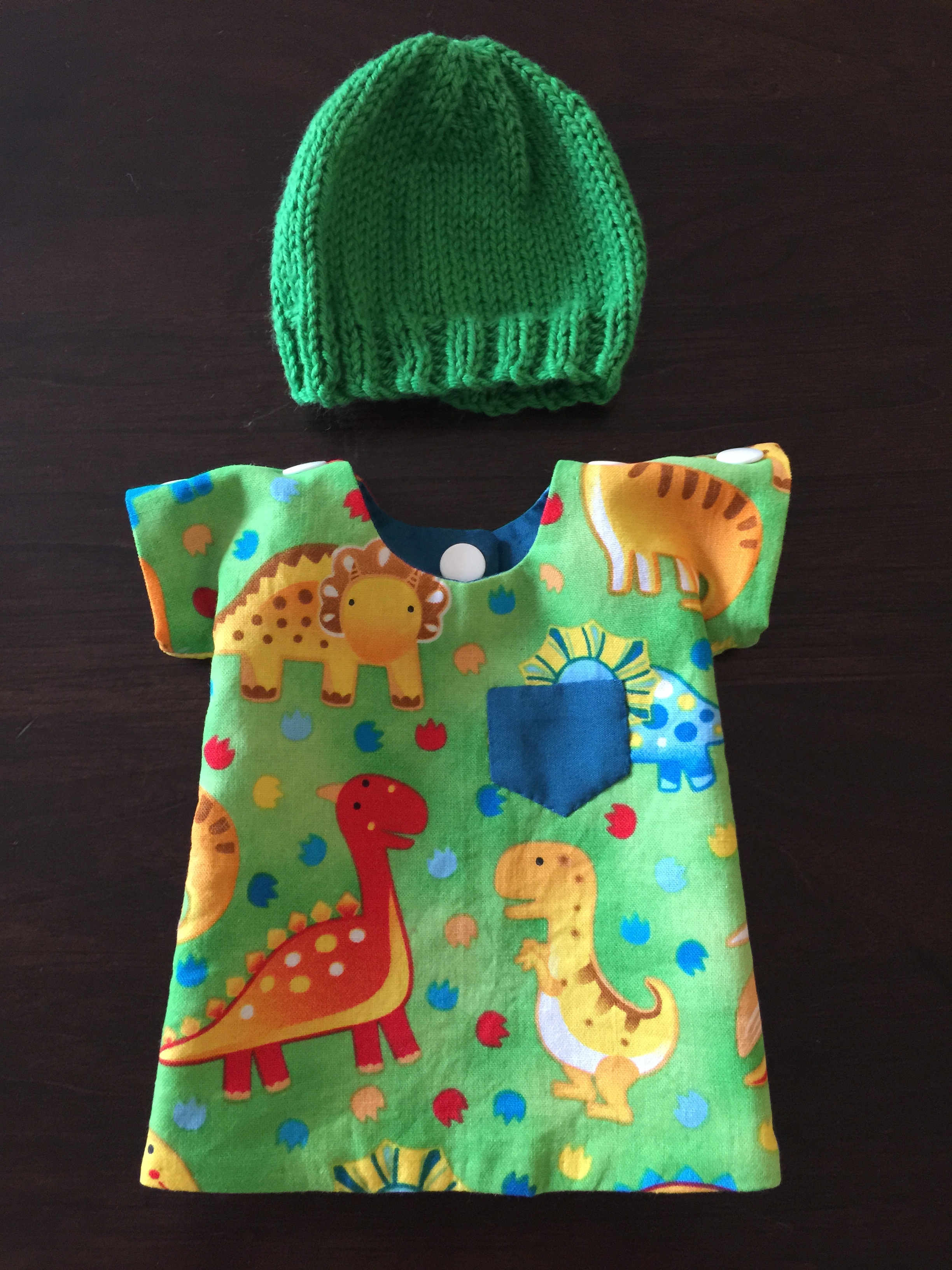"Be kind to yourself and seek support from the lactation consultants. I found pumping beside my 28week daughter in the NICU good. When we first tried breastfeeding she would get tired very quickly and would require being tube fed at the end of the feed but she eventually got stronger and by the time she came home after 3 months she was fully breastfed. I did find that I would need to feed her quite regularly at first as she would still tire quicker but she eventually got stronger and I was able to feed her until she was 18months." Michelle C
"My daughter was born so soon after I went into preterm labour, I did not realise how important it was to breastfeed. She was born on a Monday evening, the next morning a midwife showed me how to pump, a few drops came out but that was all. I was too upset to even think about pumping after that, until my husband read somewhere that breast milk was one of the few things we could do for her. So I started trying to pump every 3 hours round the clock 2 days after she was born. I started with 6-7mls, then 20-30mls. After 3 weeks, I was getting 350mls a day, I eventually built up to 500-550mls a day after 4-5 weeks. So don't despair, if you start out slow, just keep going and trying. I started breastfeeding around the 33-34 week mark, while my daughter was still on CPAP. She latched on quite well but tired out easily. I would try to breastfeed her at least 3-4 times a day while still in hospital. She came home fully breastfed and I fed her until she was 16mths actual, 13mths corrected. I even had a scare 8 weeks after she came home, she was sick and not feeding much, so my supply dropped dramatically, but again I kept at it, topped her up with the frozen milk I had and my supply returned after 2 weeks." Sharon L
"I had a my son at 27 weeks. Had a very difficult time expressing. Was doing everything I could to boost milk supply. Motillium, made my own lactation cookies. I managed to do this for 6 months and kept in mind I can only do what I can and any bit of my milk helps him. Unfortunately he lost his battle in Oct but I know I gave it everything I could under very difficult circumstances. I am proud of how long I lasted." Simone BK
"I had my twin boys at 27 +1, i was extremely stressed & worried about their health & my milk supply was so low, i tried everything to increase my supply, expressing next to them, expressing with my baby on my chest, lactation cookies, medication from the doctor, it was so depressing seeing mums walk in with their full milk containers. i expressed all day & night for 8 weeks but would only get less than 100ml a day, i felt a lot of pressure from the nurses to keep expressing & i would be asked twice a day by each of the boys nurses how my milk is going & have i tried this & that. My advice is give it a go but don't beat yourself up if you can't, i really wanted to breastfeed my babies but it just wasn't happening for me." Katie O
"My twin boys were born at 27w 3d gestation and due to capacity issues transferred to another hospital's NICU and along with them went my colostrum. I arrived there two days later, breast pump equipment in hand. I too pumped every three hours around the clock by their incubators, and when the alarms became too much, moved to the expressing room. The lactation consultant on board was informative but maybe I think this as I was one of the fortunate ones whose milk supply was 'good'. I'm not sure if I'd have felt the same if it wasn't. The pressure I found to supply breast milk not only coming from my inner voice but all around was huge. I know mums that were trying so hard and producing very little despite their efforts. I don't know if I would have been as motivated especially with all the stress associated with being in NICU. In terms of tips and things that I think could have been communicated better, it's a transition process made up of a number of phases. Expect to experience an adjustment period perhaps difficulty as you move from one to the other.
Phase 1; the first 20 expressions; colostrum
Phase 2; build milk supply
Phase 3, breast contact
Phase 4; suck feeds
Phase 5; build suck feeds
Phase 6; full breast or express or both?
Phase 7: transition to alternatives (note phase 7 may precede any of the previous phases at any time)
My boys are almost ten months old (almost 7 months corrected). Somehow we navigated all the bumps so that they were both fully breastfeed until one became ill and was readmitted into hospital, we then went to my frozen supply and expressed breast milk. When demand became greater than supply, we held our breaths and moved to mixed feeds at three months corrected. Still pumping and now facing the next challenge, move to solids.
And the quick sum, ask for support, forgive and be kind to yourself. You did great already." Sonya G




































